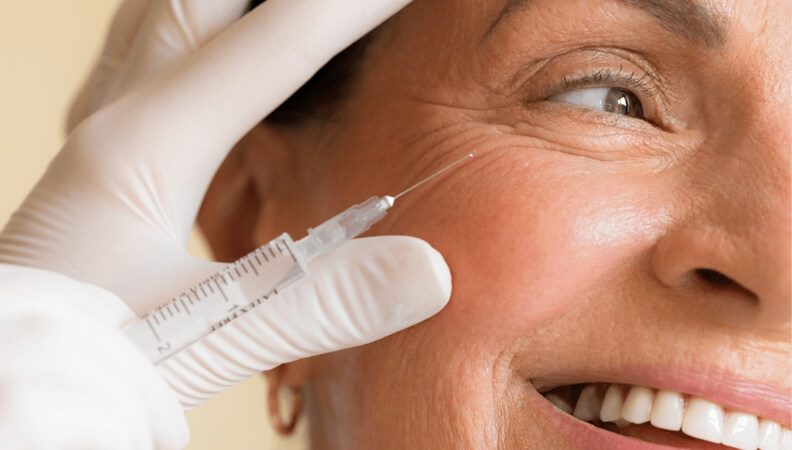Subtotal $0.00
Shopping cart
Welcome to Cosmetic Club N Clinic — a place where science meets care, and your well-being is at the heart of everything we do
3rd Floor, Awan Tower, Near Mercy Hospital Peshawar, Pakistan
Let’s Stay In Touch
Subscribe for newsletter
Contact Us
+92 332 6003672
Monday - Saturday


